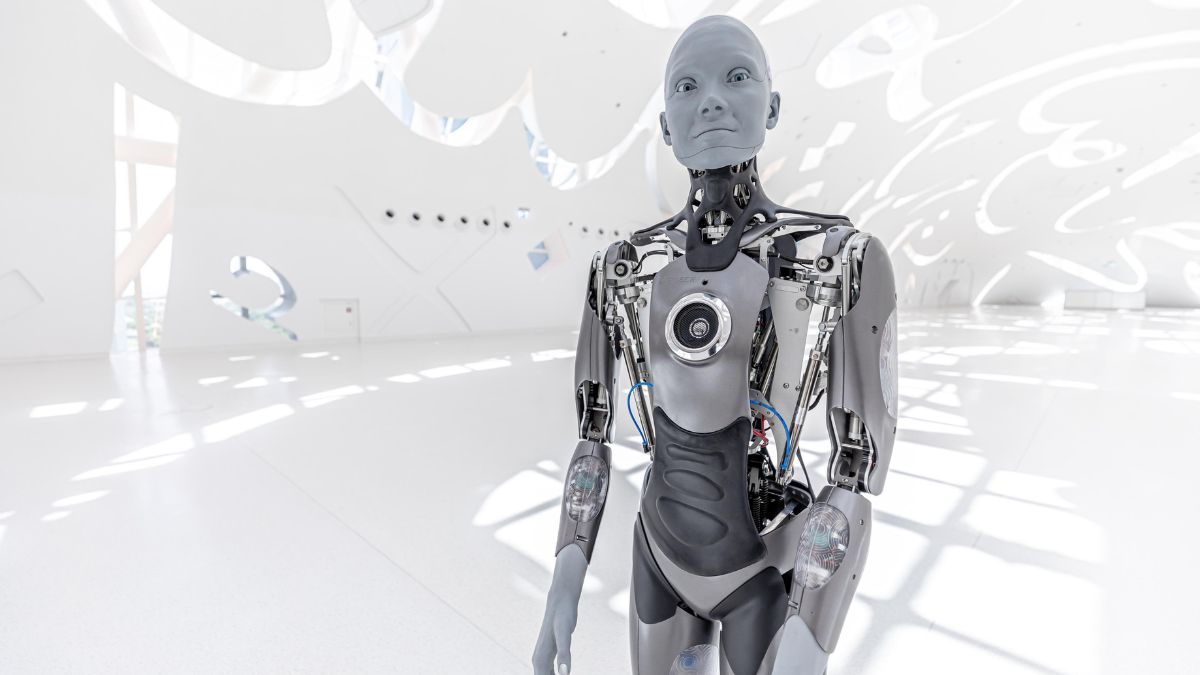
Advertisement
Silicon Valley is witnessing a surge in AI-powered robots, which some industry experts believe could be the solution to a global labor shortage. Leading tech companies such as Tesla, Amazon, Microsoft, and Nvidia are investing heavily in humanoid robots—machines designed to perform tasks traditionally done by humans.
Currently, these robots are mainly used in warehouses, but proponents envision their applications extending far beyond fulfillment centers, potentially working alongside humans in homes and offices. Tesla CEO Elon Musk has been a vocal advocate for this technology, emphasizing the potential of Tesla’s Optimus robot to transform industries. Musk predicts that Optimus could elevate Tesla to a $25 trillion market cap and become a major contributor to the company’s long-term value.
Amazon has also made significant strides in this arena by backing Agility Robotics and deploying its Digit robots in fulfillment centers. According to Goldman Sachs, the market for humanoid robots is expected to grow to $38 billion over the next two decades, with these robots becoming as indispensable as smartphones or electric vehicles. Goldman Sachs highlights their potential in manufacturing, dangerous tasks, elderly care, and addressing labor shortages in factories.
Recent advancements in artificial intelligence have renewed optimism in the robotics industry. AI technologies like those behind OpenAI’s ChatGPT enable robots to understand language, follow commands, and make decisions. These machines use computer vision and train in real-world scenarios, making them more adaptable and capable.
“Robotics is where AI meets reality,” said Henrik Christensen, professor of computer science and engineering at the University of California, San Diego. “That makes for some very interesting new combinations that I think even five years ago, we could not imagine.”
The global labor shortage is driving interest in humanoid robots. In the U.S., there are approximately 8.5 million unfilled jobs, with significant gaps in manufacturing. Goldman Sachs estimates a shortage of 500,000 workers in manufacturing, projected to grow to 2 million by 2030. Robots are increasingly seen as a solution for monotonous and hazardous tasks.
“We’re starting in what we call the dull, dirty, dangerous tasks, these tasks where we have big labor shortages today, where we don’t have people to do this work,” said Jeff Cardenas, CEO and co-founder of robot startup Apptronik.
China is leading the way in the robotics industry, having surpassed Japan in 2013 as the world’s largest installer of industrial robots. Today, China accounts for more than half of the global total, according to Stanford’s AI Index Report.
“The Chinese market is the biggest in the world,” said Tom Andersson, principal analyst at Styleintelligence. He noted that Amazon is the only Western company with comparable capabilities to China’s robotic advancements. “But Chinese companies are catching up fast.”
Despite the potential, there are challenges. Humanoid robots are costly, and there are safety concerns about their use in factories. “When it comes to mass adoption or even something closely resembling mass adoption, I think we’ll have to wait quite a few years. Probably a decade at least,” said Andersson. “Sorry, Musk.”
